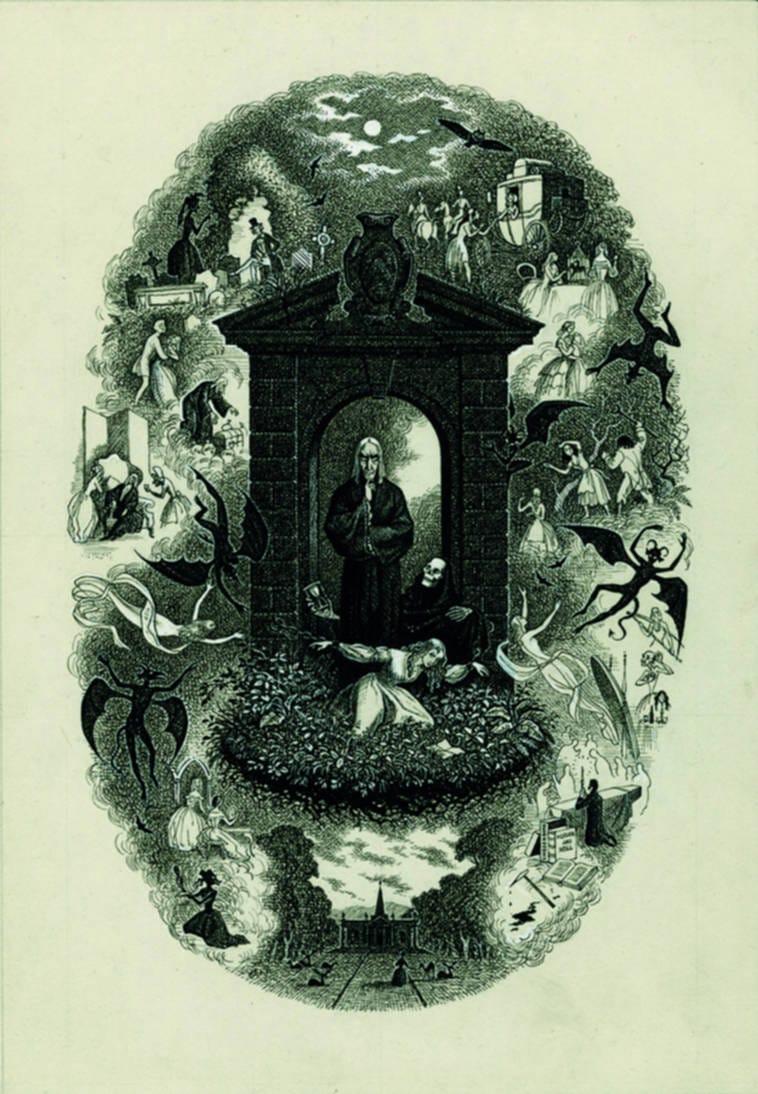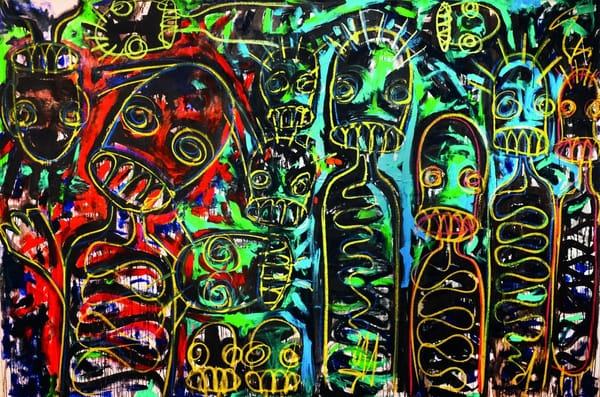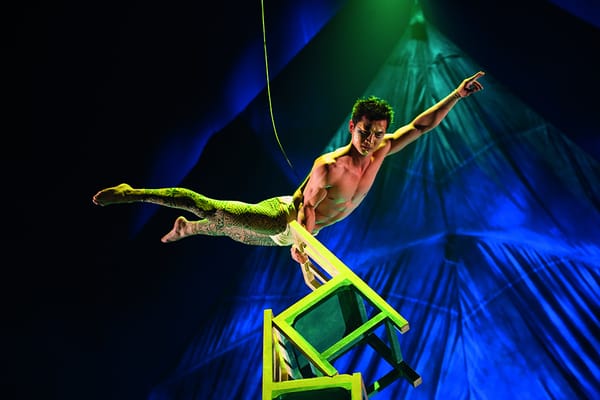Black and White Gothic — Redemption through Darkness
William Gewanter explores the importance of Charles Stewart’s works

It seems a safe bet that never before in the history of the Royal Academy of Arts has the Tennant Gallery been adorned with either a bowl of glass eyes or a mannequin that can lay claim to having posed as the Queen for a world famous portrait. Black and White Gothic offers both of these and more. Pairing personal artefacts with pieces both polished and in progress, this exhibition provides a rare glimpse of not only of the works of a first rate, yet little known artist, but also an opportunity to examine something of both the process of their creation and the character of their creator. Despite the fact that more than two thirds of the members of the Royal Academy have worked as illustrators in the past, this art form has remained unfairly neglected. This one room showcase focuses largely on Stewart’s illustrations for an edition of Joseph Sheridan Le Fanu’s 1864 novel Uncle Silas; a series of darkly evocative stills brimming with barely contained motion, it is well worth a visit for anyone with an interest in the gothic or in illustration and its influence on modern cinematography.
Gothic art at its best speaks to us on a visceral level
Charles Stewart was born in 1915 on the island of Panay in the Philippines. Due to poor health and questionable logic on the part of his parents, he was shipped off to the ‘restorative’ climes of Scotland as an infant. The influence of Shambellie House, the family’s baronial estate near Dumfries is unmistakable throughout his work. A turreted, gothic house “lit by oil lamps and candles… [that] to a small child… seemed a giant’s castle… [in which] ghosts were largely taken for granted by the inhabitants”, Stewart’s formative years were heavily influenced by his physical environment. A series of beautiful, though haunted landscapes provided a dark frame for his developing artistic vision. As an air raid warden in London during World War II Stewart endured a world of terror and darkness on a day-to-day basis. These experiences lend his work a power that elevates his illustrations from purely decorative addenda to the novel’s text into the realm of independently gripping works as atmospheric as any of the accompanying prose.
Described by a colleague as a “neat, rounded man with a gentle pink face and snow white hair” who was often to be spotted dressed in tweeds lunching at the Royal Overseas League in nearby St James’, he approached his work in a scholarly fashion. Meticulous research of Victorian costume and artwork was integrated with a lifelong appreciation of both cinema and the stage. A number of visits to the set of a 1947 film production of Uncle Silas were to be highly influential upon Stewart’s work, as his illustrations in turn influenced the cinematographers. The artist’s profound understanding of movement on stage and its depiction in still art stems from his balletic training, undertaken while simultaneously studying at the Byam Shaw School of Drawing and Painting in the 1930s. Learning quickly, Stewart went on to perform with the corps de ballet at Covent Garden during the 1936-37 season under the direction of Sir Thomas Beecham. It is clear that he was in a particularly advantageous position to marry still art with that of the theatre. This naturally led him into the company of cinematographers, especially those who shared his passion for tales of gothic horror. This is reflected in the wide range of media on display in the exhibition, ranging from a scene from the 1947 film, through many of Stewart’s original drawings to a 1953 watercolour of a larch tree in the grounds of Shambellie. The tree immortalised in an instant, darkly silhouetted against a bright winter sky. Stewart feared in later life that an increasingly competitive world would induce the corralling of young people’s interests into an overly narrow focus in order to drive up academic or professional standards. The frontispiece for Uncle Silas (1947) is convincing argument against any such a shift in educational practice. Whirling figures straining with movement speak volumes of the influence of his balletic training, something he suspected that he would not have been able to pursue had he been born today into a more limiting environment.
A series of darkly evocative stills brimming with barely contained motion
Today, many find themselves alienated from fine art by the perception of the culture that surrounds its appreciation. The stream of seemingly randomly assigned symbolic meanings and interpretations that bear little, if any resemblance to the works on display leaves many cold to the prospect of giving galleries a chance. I would like to think that Stewart would have sympathised with this position. The indifference of most art critics was something he faced throughout his career and was something that seems to have left him largely unmoved. Gothic art at its best speaks to us on a visceral level, evoking the creeping sensation present at the back of every mind that all is not as it seems. Much of his work is simple, but rather than a weakness this represents its greatest strength being indicative of the universality and importance of the themes he explores. There are few works of art that manage to engage with humanity’s universal terror at its inescapable mortality while concluding on a fundamentally invigorating note. The fact that Stewart has achieved this is as impressive as it is important. In 1976 Stewart gave Shambellie House to the government, which was soon reopened as the National Museum of Costume. In 2013 it was announced that the museum was to close despite intense local opposition due to financial pressures.
The underlying message of Stewart’s work is simply too important to be allowed to similarly fade into oblivion. At times we are all of us beset by horrors, but more often than not the key to our salvation lies in finding the strength within ourselves to slay our demons, once and for all.
Black and White Gothic runs until 15th February 2015. Complimentary entry for Friends of the RA, with a valid exhibition ticket or with a £3 general admission ticket.









